An Introduction to the Power of Effective Giving
Yes, you can achieve real, concrete impact. But where you choose to give matters.
When it comes to charitable giving, many people fall into one of two camps.
One camp believes all charity is good – they don’t think carefully about where they give because after all…it’s charity! It must be doing something good, right?
The other camp believes all charity is limited, or at the very least confusing – they think maybe donating does a bit of good, but it’s sort of a black box, so how can you be sure you’re having a positive impact?
Neither of these views is right. But neither is completely wrong, either. As with many things in life, reality is a little bit more complex than either of these extremes. Just like with products and services, there’s huge variation in the amount of good charities do – and how much positive impact you can get for your money.

Intervention cost-effectiveness in global health, in order of DALY per $1,000 on the Y-axis, from the Disease Control Priorities in Developing Countries (DCP2) report. Compiled from The Moral Imperative Towards Cost Effectiveness by Toby Ord.
The graph above shows differences in cost-effectiveness estimates of interventions a charity might engage in; it should not be equated with a direct comparison of charity cost-effectiveness since the costs of delivering these interventions may vary depending on context. You can find some more recent data sets showing similar patterns here, along with a recent — if very technical — explanation of this topic here.
So how can we make sure that our money has a significant, tangible impact?
There are two different routes we recommend, and the one(s) you choose depends on your values and worldview. (Some effective givers also diversify their approach.)
Approach #1: Use data and evidence to find the charities that do the most.
You can concretely save someone’s life for around $5000 USD. If that number sounds high, that’s because we’re used to hearing overblown marketing claims from charities claiming that you can save a life for a few bucks. (You can’t.)
The $5000 figure is basically the opposite of marketing hype – it comes from a whole lot of unsexy, spreadsheet-laden research from a charity evaluator called GiveWell, which searches for the charities that “save or improve lives the most per dollar.” GiveWell writes detailed reports on every charity that makes its “top charities” list (and on many that don’t). They’ve determined that around $5000 donated to one of these evidence-backed, highly cost-effective charities is akin to saving someone’s life. (And this takes into account a whole range of factors, such as whatever life-saving intervention you purchased not being used, or the fact that even if it was used, that person may not have died without it.)
When all the numbers are in, it turns out that – by choosing the charities they’ve identified as having an extremely good impact to cost ratio – we can concretely save someone’s life for less than many might spend on an overseas vacation.
To put that in perspective, governments of high-income countries are typically willing to spend around $10 million dollars to save a life.
GiveWell doesn’t just factor in how cheap the intervention is, though – they look for evidence of impact. See, some charities operate more on instinct, or theory. GiveWell only selects programs that are backed by a lot of data – RCTs, meta-analyses, you name it. So if you’re the type of person that wants to be confident whatever you are donating to actually works, and works incredibly well, GiveWell’s approach might be the one for you.
Approach #2: Use reasoning and expected value to find the charities you think give you the best chance at outsized impact.
Some people question the approach of only donating to charities with a very strong evidence base, believing this can limit our impact. For example, some problems don’t lend themselves as well to measurement but could still be incredibly important (and impactful) to work on. (In fact, some of philanthropy’s largest successes had no existing evidence base/track record – things like the Rockefeller Foundation’s investment in agricultural productivity research, which arguably helped prevent the starvation of over 1 billion people.) Another example is the case for prioritising problems that are very large in scale, and very high stakes, but that we’re not entirely sure how to solve – things like a global pandemic that’s more deadly and/or more contagious than COVID-19, the breakout of a nuclear war, or the risks from misaligned artificial intelligence.
We can’t really measure efforts to prevent or mitigate these threats, because we don’t yet know what will be successful. Nonetheless, because the stakes are so high (and some of these threats are estimated to be more likely than most people would think), the impact of working on and/or funding them seems considerable.
This type of reasoning leads some to take a “hits-based” approach to giving rather than a more “data-driven” approach. With a hits-based approach, you use reasoning and analysis to identify areas where there are likely to be highly successful solutions (and where the expected value of a success is sufficiently high). The idea behind hits-based giving is that if enough promising solutions are funded, there will be a few incredible successes which will be so successful they will more than compensate for all the ones that fail. (Here’s a more detailed explanation from the career advising group 80,000 Hours.)
If you’re a high-risk, high-reward type of person – and care more about helping to maximise expected impact than measurable impact, hits-based giving (helping to fund enough promising solutions to increase the odds of getting an exceptional “hit”) might be for you.
For more information about the basic principles behind effective giving, and how to action either of the approaches above, please see our Effective Giving 101 Guide.
Where does Giving What We Can fit in?
Giving What We Can exists to help donors maximise their charitable impact, according to their worldview and values. Our research team leverages the research of impact-focused evaluators we’ve vetted and found to be consistent with principles outlined in #1 and/or #2 above. (See more about how we vet evaluators.)
To that end, we recommend charities in three high-impact cause areas, and we only recommend charities that an evaluator we’ve vetted believes to be an exceptional choice, based either on a more data-driven approach, a more hits-based approach, or some combination.
We empower anyone who wants to donate to charity to approach charitable giving with the same thought and care that you would other purchasing or investment decisions. Using research and reasoning to give impactfully can be the difference between funding a charity that does little good (or even harm) and one that is making an exceptional difference in the lives of others.
And once you’re confident that you are giving to exceptional organisations — that your money is really doing something – it becomes much easier, and much more intuitive, to do what you can to help solve some of the world’s problems and to help those who have less.
See, we think one of the reasons people don’t give as much as they could is that they’re worried – rightly so in some cases! – that it won’t really matter. Yet this can lead to a tacit acceptance of the immense amount of (preventable!) suffering in the world and the incredible extent of global income inequality. By helping people choose charities where their donation really does something, we support them in living up to their values – helping them to know the power they hold and to act on it.
Earning an average income in a high-income country puts you on the global rich list, in at least the top 5% and often the top 1 or 2% of the world (and that’s adjusted for the cost of living in your country). This, combined with the approaches to effective giving discussed above, means we don’t need to accept the suffering on the other side of the world — we can do something about it.




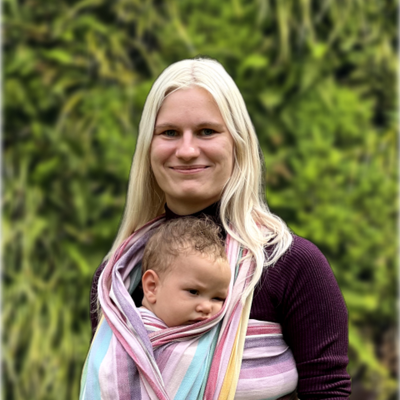

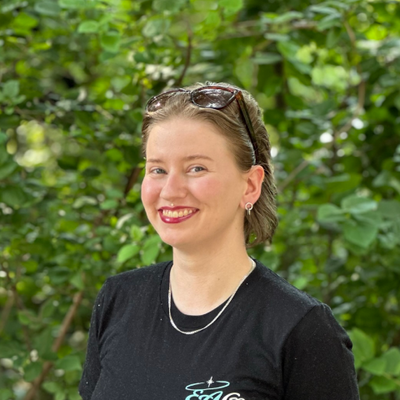










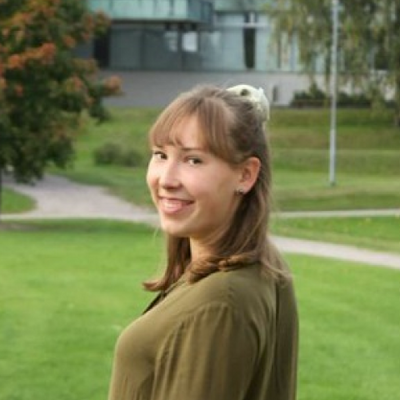







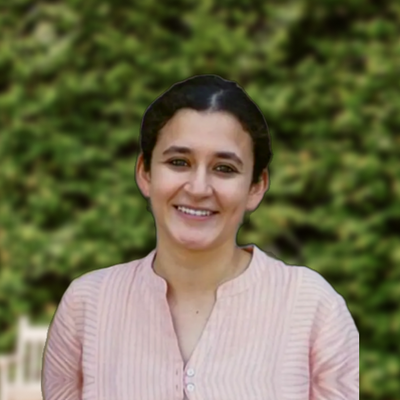
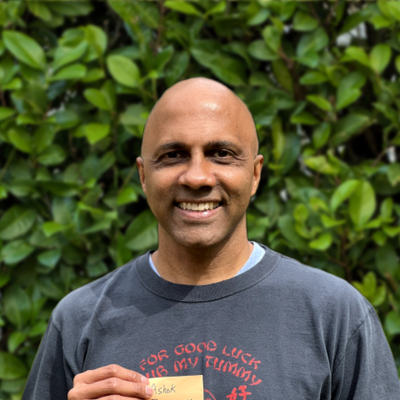


The 🔸10% Pledge
We think most people want to help others, but don’t realise the incredible opportunity they have to do so, simply by donating a relatively small portion of their income thoughtfully and strategically.
So we created the 🔸10% Pledge – and its associated 🔹Trial, Company, and Further pledges – to inspire more people to give a percentage of their income to help enrich the lives of others.
9,272 people
who have pledged ≥10% of their income
$261 million donated
through 🔸10% and 🔹Trial Pledges
$420 million moved
by our community
Stay in touch
Join our monthly newsletter to get the latest effective giving news. No spam—just news.
Support us directly
Our site is free to use but not free to operate.
Help us keep GWWC up and running.